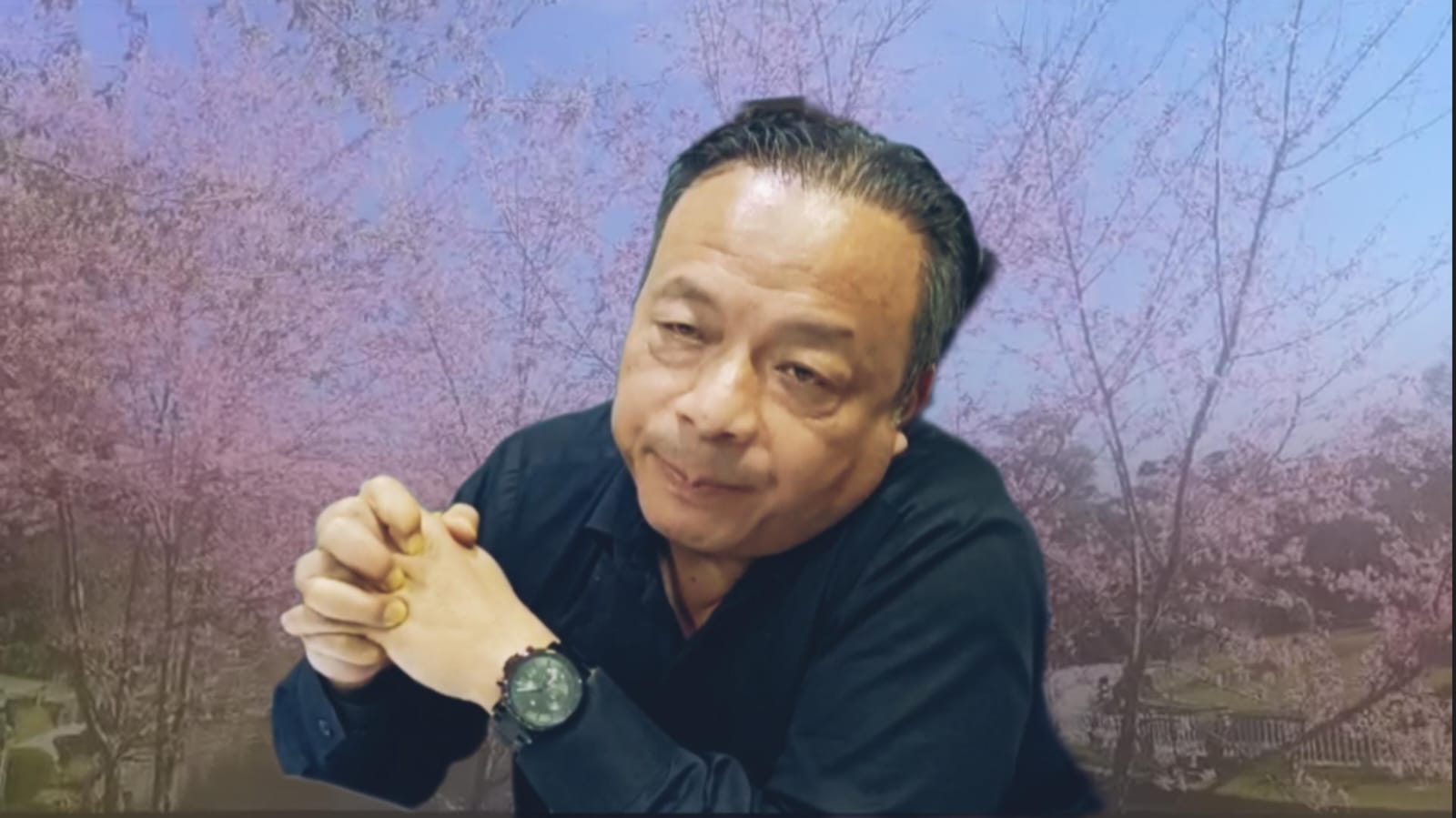Tourism Minister Paul Lyngdoh highlighted the ambitious growth of the tourism sector in Meghalaya, stating that by 2028, around 40% of the state’s population could be directly involved in the tourism industry. This growth strategy is driven by the government’s efforts to brand Meghalaya as a premier tourist destination, focusing on its unique selling points (USPs) such as nature, culture, music, climate, and cuisine.
“The state government is on the right track and the way things are moving, we should be able to see that before 2028 not less than 40% of the total population of Meghalaya will be directly involved in the tourism industry,” the minister said.
A significant development in this endeavor is the partnership with Japan for the Cherry Blossom Festival, marking the first collaboration of its kind between Japan and Meghalaya. This partnership opens new avenues for cultural exchange, with Japanese sumo wrestlers, artists, and musicians set to participate in the festival.
“Now, for the first time ever, the government of Japan has come forward to partner with the government of Meghalaya in the Cherry Blossom Festival, meaning that it is an opening for an exchange at various levels with the government of Japan. We will also be having sumo wrestlers and various exponents of arts and music of Japan, so that itself is a huge tangible dividend for Meghalaya,” he said.
Lyngdoh emphasized the substantial economic impact of tourism, citing an example where 15,000 visitors from outside Meghalaya, paying an average room tariff of ₹5,000, could generate ₹7.5 crore in a single day. He stressed the importance of local economic benefits, noting that even small vendors like roadside sellers would benefit from the increased footfall during festivals.
“Then if you look at the footfall, even a footfall of 15,000, which is a conservative figure, if there are 15,000 attendees from outside Meghalaya and they end up paying the room tariff of ₹5,000 per room, that itself adds up to ₹7.5 crore in a day. So I would like to very clearly state here that we are knowledgeable about what we are doing. We are focused. We know that the state stands to gain; we know that the local economy stands to gain. Everybody, up to the Kong selling Kwai on the roadside, stands to benefit when there is a huge footfall at these festivals,” Lyngdoh said.
However, the minister noted that festivals alone are not the main focus but are a means to brand Meghalaya as a tourism destination.
“It is not the festivals per se that we ultimately put our stress on. These festivals only help us in branding Meghalaya as a tourism destination, which has a lot of USPs—nature, culture, music, climate, cuisine, being some of the USPs,” he added.
While festivals like the Cherry Blossom Festival play a key role in branding Meghalaya, Lyngdoh emphasized that the state’s broader tourism appeal lies in its natural and cultural assets. The government remains focused on positioning Meghalaya as a prominent tourism destination, which will have long-term benefits for the state’s economy and its people.


